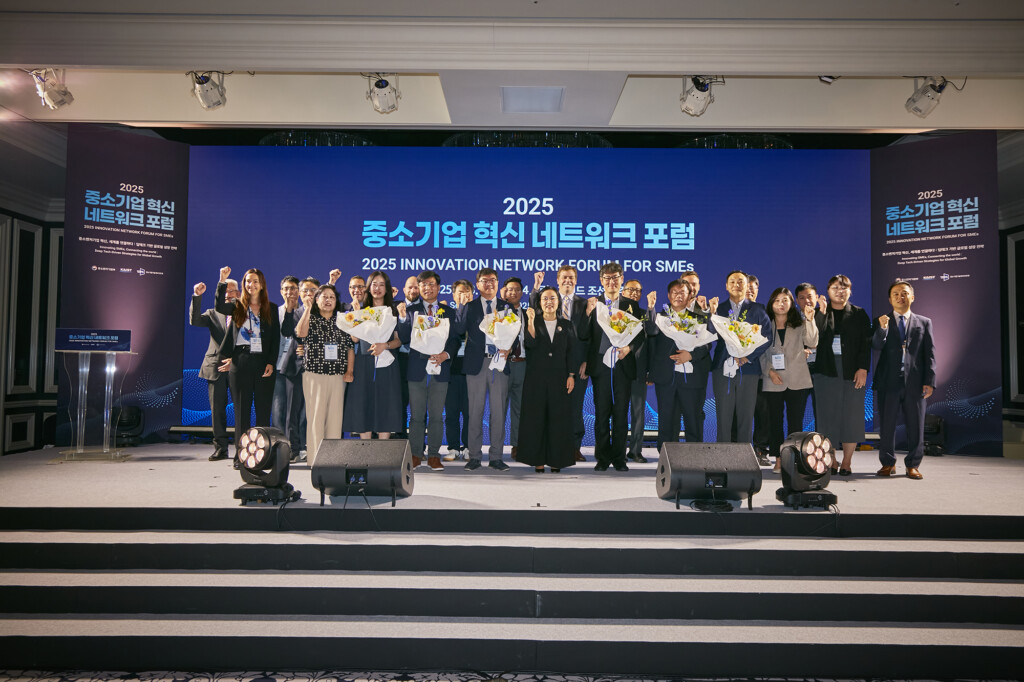Across the Asia-Pacific Economic Cooperation (APEC) region, member economies’ competition authorities are taking a fresh look at the role of digital platforms and curated online marketplaces (COMs) in fostering healthy, innovative ecosystems. These digital platforms and the emerging technologies they enable are indispensable to startups, scaleups, and small and medium-sized businesses (SMBs) seeking to scale, innovate, and compete globally. For small developers and entrepreneurs, the tools and services that digital platforms provide are critical in reducing overhead, accessing a global consumer base, and building consumer trust in ways that were unimaginable just a few decades ago.
Digital trade barriers hit startups, scaleups, and SMBs the hardest. At the recent APEC ministerial meetings in Jeju, South Korea, ACT | The App Association underscored this point: to build a pro-innovation and pro-growth environment small businesses must be at the center of digital trade policymaking. During the Innovation Network Forum for SMEs, I joined the U.S.–Korea Public-Private Dialogue panel to discuss how regulatory trends across member economies are shaping the digital ecosystem. Regulatory trends across member economies are threatening to raise costs, fragment markets, and limit opportunities for growth. Other panelists also underscored the importance of cross-economy collaboration, pointing to opportunities for U.S.–Korea cooperation and broader APEC knowledge-sharing to improve regulatory frameworks and support startups, scaleups, and SMBs as they navigate digital transformation.
In new research , Digital Platform Regulation in APEC Economies: Empowering Innovation and Inclusive Growth, the Southeast Asia Public Policy Institute (SEAPPI ) provided a data analysis of how regulatory overreach, particularly modeled after the European Union’s Digital Markets Act, could burden small tech companies across the region, reducing innovation and growth. The APEC region is one of the fastest-growing digital economies in the world with $300 billion in projected internet-based economic output for 2025. In the region, startups, scaleups, and SMBs account for 98 percent of businesses and contribute 40-60 percent of GDP. According to SEAPPI’s modeling, the compliance costs in a medium scenario would reach $3.07 billion annually, with an estimated 70 percent of the burden ($2.15 billion) falling on small businesses.

Following several years of global experimentation with platform and AI regulations, APEC member economies can leverage the benefits of hindsight. They can observe how interventions elsewhere have affected technology markets and draw lessons before championing their own competition legislation. There was one clear takeaway from the panel: one-size-fits-all rules, like those in the EU’s Digital Markets Act (DMA), risk undermining the very innovation and competition policymakers seek to promote. When policymakers upend platform functionality and management, it increases compliance costs and forces data localization. Startups, scaleups, and SMBs bear the brunt of those increased costs, and international trade slows and becomes more difficult. APEC members were urged to align digital-platform policies with the forum’s core goals of digital trade facilitation, inclusivity, and trust-building.
For APEC economies building out post-2025 digital trade frameworks, the lesson is: regulatory design cannot be divorced from international trade or the competitiveness of small innovators. The App Association is committed to supporting APEC policymakers as they work together to support digital economy opportunity and innovation through trade rules that empower the small businesses driving innovation and job creation across the region.
